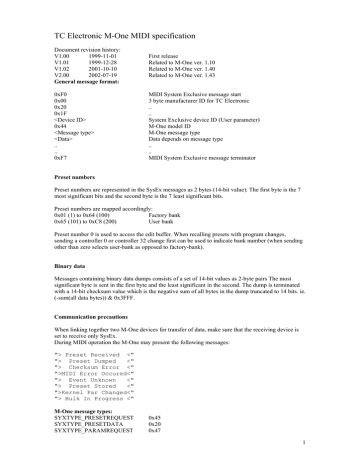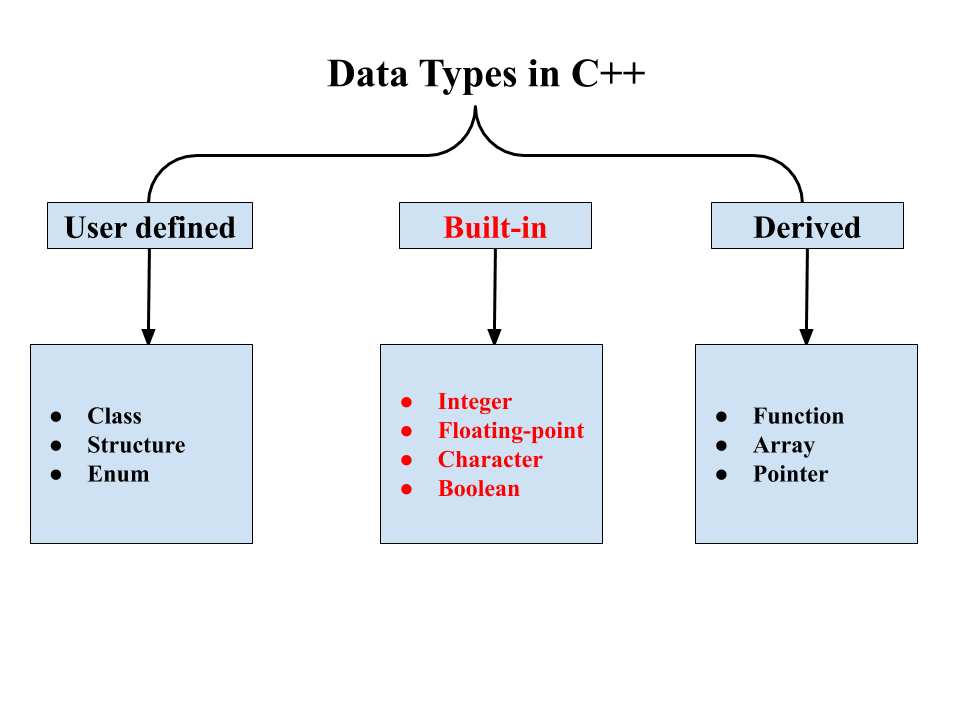
Longer intervals, of 40, 50 and 60 seconds, allowed auto-vacuum to run five times during 15 minutes of test runs. This implies clusters with 24/7 load never experience auto-vacuum. Given this limitation, the test method used found that extremely light server loads, one trivial query every thirty seconds on an otherwise idle cluster, appeared enough to completely forestall auto-vacuum. However, for normally sized tables, up to say 100 columns, even on ds2.xlarge the slowdown is very small.Īuto-vacuum is a black box and so it is impossible to devise a test method which is known to be fair. The slowdown, even when there are 1600 columns, is very small for dc2.large and ra3.xlplus, but is much larger for ds2.xlarge. In practise, accessing any single column is unaffected by the number of columns, but, tentatively, it looks like accessing multiple columns shows that the more columns are present between a column and the final column in the table, the slower it is to access the column, and so the more columns are present in a table, the slower access becomes for all columns.

Redshift is column-store and as such in principle queries are unaffected by the unused columns in the tables being queried. Low-entropy non-PRNG number sequence numbers, occurring when the numbers contain many zero bits, lead to correlation between the initial numbers produced by a PRNG for a query, and also between the initial values produced between queries.Įffect of Unused Columns on Query Performance The first random number emitted by a query on each slice is the number from the non-PRNG number sequence on that slice. Each worker slice produces a linear, minutely incrementing number sequence (the “non-PRNG number sequence”) which cycles between 0.0 and 1.0, where when a query is issued, each slice consumes the current number from that sequence and uses it as the seed for a PRNG, which in turn uses it to generate a random number sequence for and only for that query. The worker node PRNG is fundamentally flawed.

The leader node PRNG is correctly implemented. Redshift provides two PRNGs, one on the leader node and one on the worker nodes. Within the resolving power of the benchmark suite used, Redshift node types are identical in performance across regions, with the single exception of the dc2.large node type, which is much slower in five regions af-south-1, ap-east-1, ap-southeast-3, eu-south-1, and me-south-1.

#Redshift data types byte how to#
This white paper describes and explains Multi-Version Concurrency Control (MVCC for short), which inherently entails describing and explaining transactions and table locks as these are part of MVCC, where aside from generally explaining what’s going on inside Redshift, the particular goal is to explain serialization isolation failures, as these originate from MVCC to understand their origin, the manifold ways by which they occur, how to write code such that isolation failures do not occur in the first place, and how to fix them when you are working with code where they do.

Multi-Version Concurrency Control and Serialization Isolation Failure All the white papers contain from their run of their script the markdown and an appendix with the raw data, so you can can check the evidence in the white paper matches what you yourself currently find. The scripts start a new cluster, run the tests/investigations/benchmarks, emits the data in raw format ( pprint) and as markdown, shut down the cluster, and quit. The scripts require boto3 version 1.17.34 or later. Amazon Redshift Research Project White Papers Amazon Redshift Research Project White Papers IntroductionĮvery white paper is accompanied by the Python script which generates the evidence used by the white paper to draw conclusions.


 0 kommentar(er)
0 kommentar(er)
